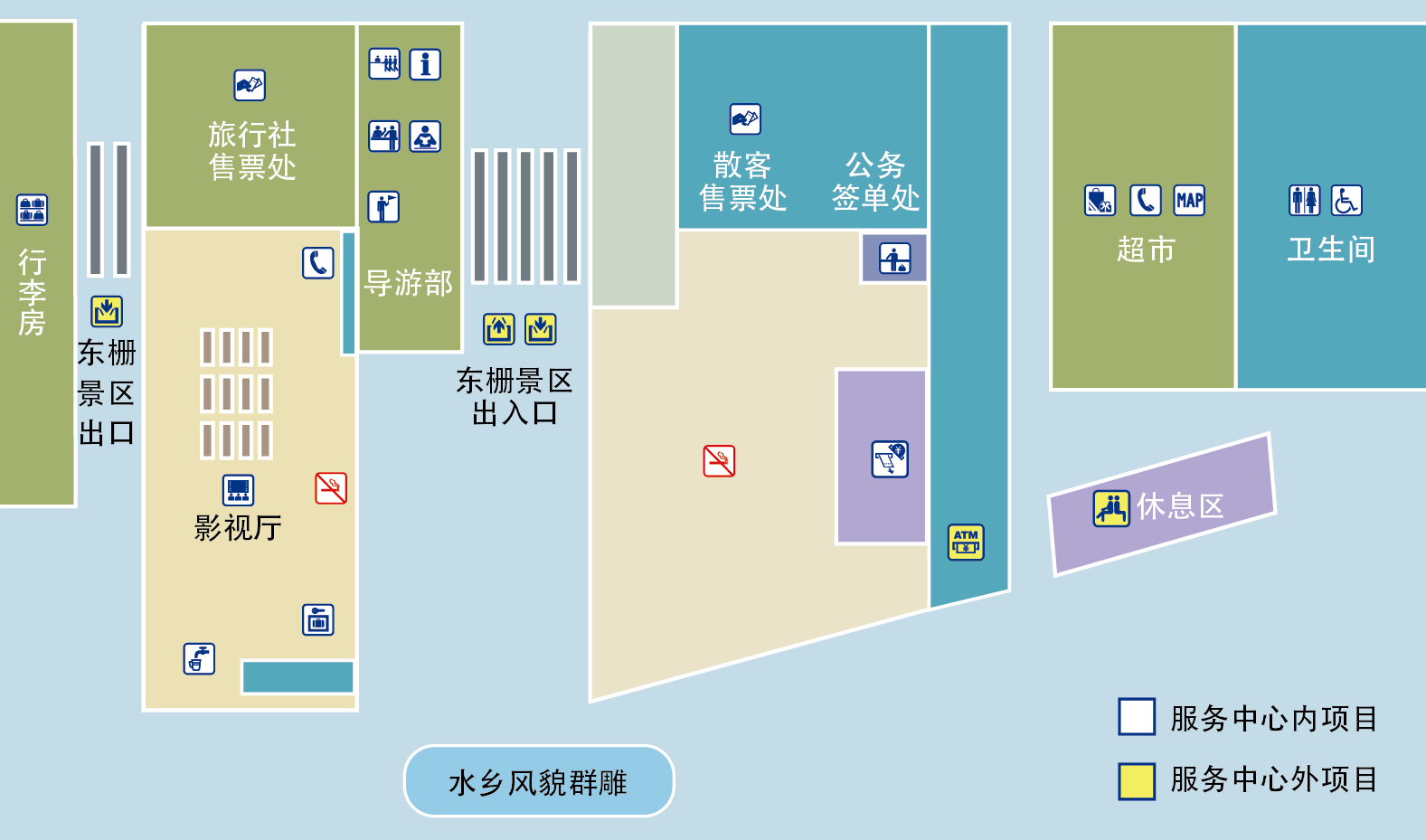


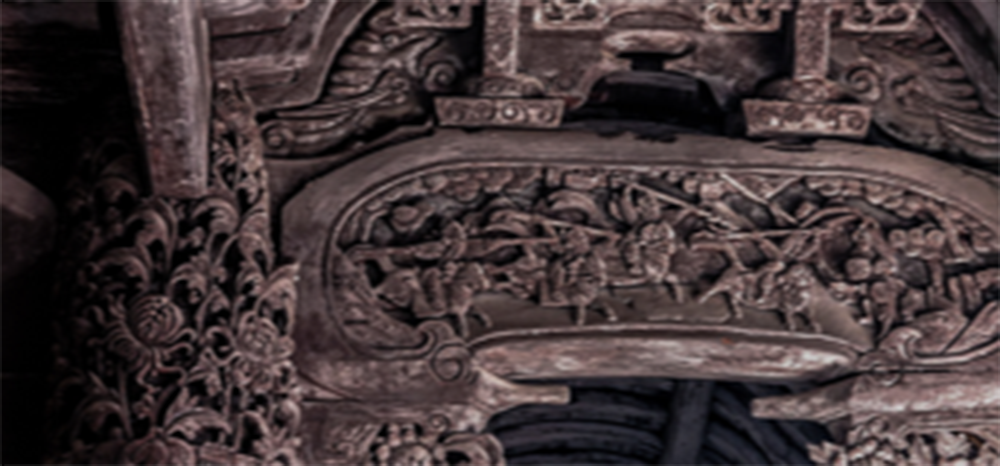
According to the research of the ancient cultural site of Tanjiawan near Wuzhen, about 7000 years ago, the ancestors of Wuzhen thrived in this area. At that time, it belonged to the Majiabang culture of the Neolithic Age. During the Spring and Autumn Period, Wuzhen was the border between Wu and Yue, and the Wu State stationed troops here to guard against the Yue State, known as "Wushu" in history.

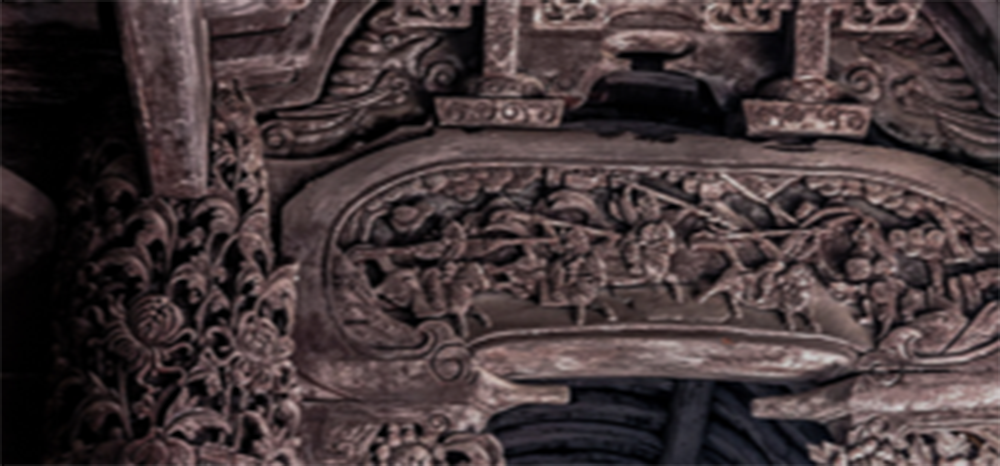
According to the research of the ancient cultural site of Tanjiawan near Wuzhen, about 7000 years ago, the ancestors of Wuzhen thrived in this area. At that time, it belonged to the Majiabang culture of the Neolithic Age. During the Spring and Autumn Period, Wuzhen was the border between Wu and Yue, and the Wu State stationed troops here to guard against the Yue State, known as "Wushu" in history.

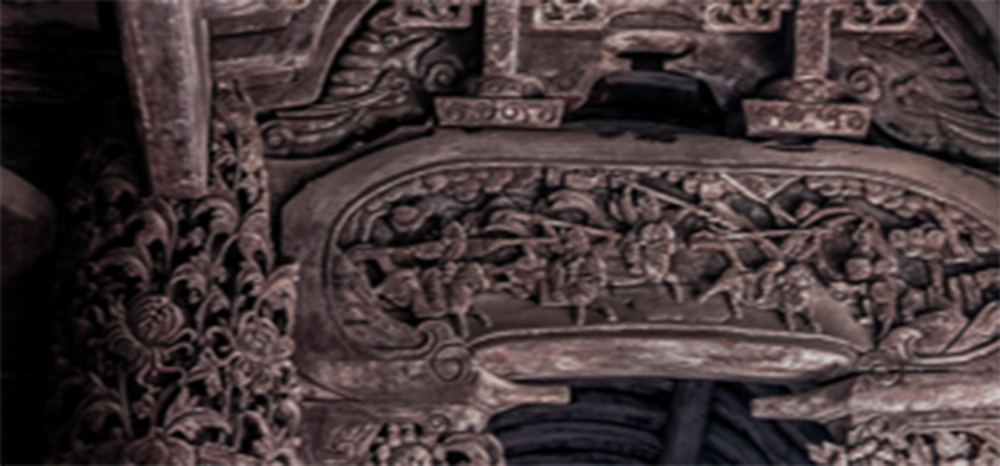
In Qin Dynasty, Wuzhen belonged to Kuaiji County, bounded by Chexi (that is, the present Shihe), Wudun in the west, which belonged to Wcheng County, and Qingdun in the east, which belonged to Youquan County, which was divided and ruled by Wuzhen. Thereafter, Wuzhen was either under the jurisdiction of Huzhou or Jiaxing in Zhejiang Province, or under the jurisdiction of Suzhou in Jiangsu Province.

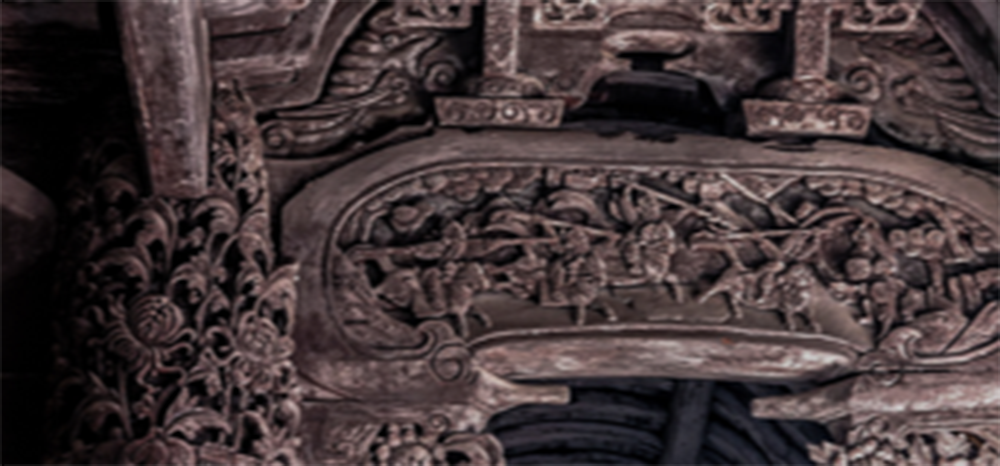
During the Tang Dynasty, Wuzhen was under the jurisdiction of Suzhou Prefecture. Later Liang, under the same jurisdiction, was the territory of Wuyue State. In the fifth year of Tianfu in the Later Jin Dynasty (940), Xiuzhou was established, and Qingdun belonged to Jiaxing County under the jurisdiction of Xiuzhou.

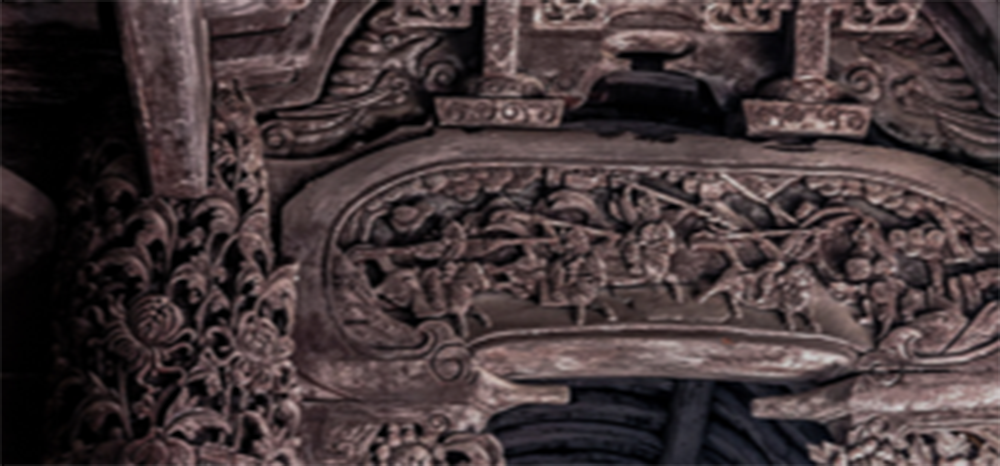
In the third year of Song Chunhua (992), Wuzhen was under the jurisdiction of Huzhou in Wucheng. In the 10th year of Xining (1077), it was analyzed that five townships in the west of Jiaxing County, including Wutong, Yongxin and Qingfeng, belonged to Chongde County, and Qingzhen was in Qingfeng Township, which belonged to Chongde under Xiuzhou. In the early years of Yuanfeng, there were records of dividing Wudun Town and Qingdun Town. Later, in order to avoid the taboo of Guangzong, they were renamed Wuzhen and Qingzhen. During the Jiading period, Jiaxing was promoted to the army, and Qingzhen was then under the jurisdiction of the Jiaxing Army in Chongde. In the second year of Baoqing (1226), Huzhou was renamed Anji, and Wuzhen was Wucheng County in Anji Prefecture. In the Song Dynasty, there were town officials in charge of fire control and alcohol taxes, and troops were recruited to practice martial arts to resist bandits.

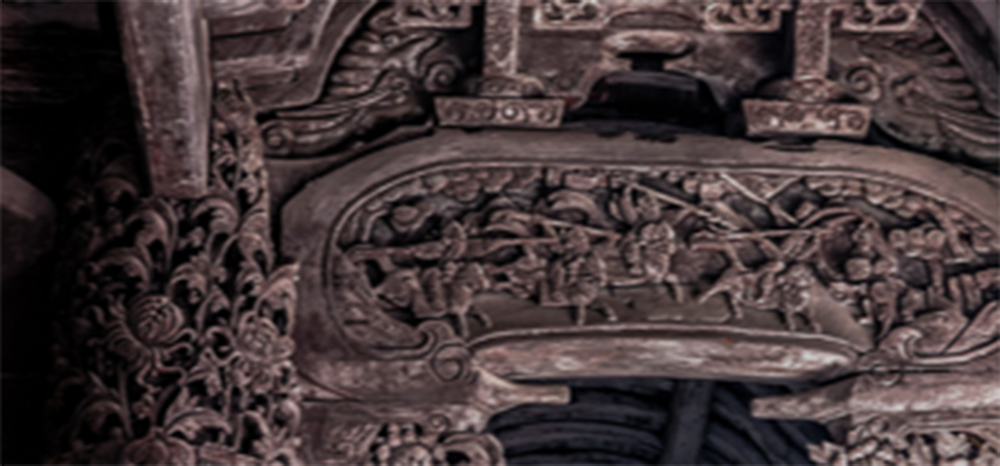
In the 14th year of the Yuan Zhiyuan era (1277), Wuzhen was in Wucheng County, Huzhou Road, and Qingzhen was in Chongde County, Jiaxing Road. The city patrol in the town was set up.


In the fifth year of Xuande in the Ming Dynasty (1430), it was analyzed that six townships of Chongde County, namely, Muhua, Qianjin, Baoning, Qingfeng, Yongxing and Wutong, were set up in Tongxiang County, under the jurisdiction of Qingzhen and Jiaxing Prefecture; Wuzhen was still under the jurisdiction of Huzhou of Wucheng Prefecture. This affiliation remained unchanged until the Qing Dynasty.


In the first year of the Republic of China (1912), Wu and Qing towns were still divided. In May 1950, the two towns of Wu and Qing finally merged and became known as Wuzhen. It belongs to Tongxiang County under the jurisdiction of Jiaxing, until today.
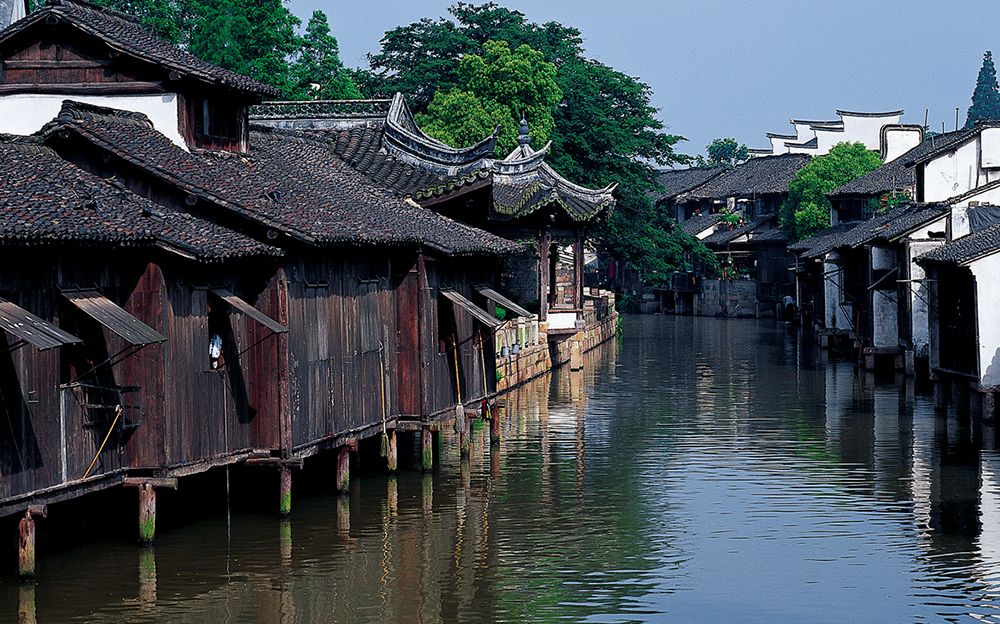

According to the research of the ancient cultural site of Tanjiawan near Wuzhen, about 7000 years ago, the ancestors of Wuzhen thrived in this area. At that time, it belonged to the Majiabang culture of the Neolithic Age. During the Spring and Autumn Period, Wuzhen was the border between Wu and Yue, and the Wu State stationed troops here to guard against the Yue State, known as "Wushu" in history.
In Qin Dynasty, Wuzhen belonged to Kuaiji County, bounded by Chexi (that is, the present Shihe), Wudun in the west, which belonged to Wcheng County, and Qingdun in the east, which belonged to Youquan County, which was divided and ruled by Wuzhen. Thereafter, Wuzhen was either under the jurisdiction of Huzhou or Jiaxing in Zhejiang Province, or under the jurisdiction of Suzhou in Jiangsu Province.
During the Tang Dynasty, Wuzhen was under the jurisdiction of Suzhou Prefecture. Later Liang, under the same jurisdiction, was the territory of Wuyue State. In the fifth year of Tianfu in the Later Jin Dynasty (940), Xiuzhou was established, and Qingdun belonged to Jiaxing County under the jurisdiction of Xiuzhou.
In the third year of Song Chunhua (992), Wuzhen was under the jurisdiction of Huzhou in Wucheng. In the 10th year of Xining (1077), it was analyzed that five townships in the west of Jiaxing County, including Wutong, Yongxin and Qingfeng, belonged to Chongde County, and Qingzhen was in Qingfeng Township, which belonged to Chongde under Xiuzhou. In the early years of Yuanfeng, there were records of dividing Wudun Town and Qingdun Town. Later, in order to avoid the taboo of Guangzong, they were renamed Wuzhen and Qingzhen. During the Jiading period, Jiaxing was promoted to the army, and Qingzhen was then under the jurisdiction of the Jiaxing Army in Chongde. In the second year of Baoqing (1226), Huzhou was renamed Anji, and Wuzhen was Wucheng County in Anji Prefecture. In the Song Dynasty, there were town officials in charge of fire control and alcohol taxes, and troops were recruited to practice martial arts to resist bandits.
In the 14th year of the Yuan Zhiyuan era (1277), Wuzhen was in Wucheng County, Huzhou Road, and Qingzhen was in Chongde County, Jiaxing Road. The city patrol in the town was set up.
In the fifth year of Xuande in the Ming Dynasty (1430), it was analyzed that six townships of Chongde County, namely, Muhua, Qianjin, Baoning, Qingfeng, Yongxing and Wutong, were set up in Tongxiang County, under the jurisdiction of Qingzhen and Jiaxing Prefecture; Wuzhen was still under the jurisdiction of Huzhou of Wucheng Prefecture. This affiliation remained unchanged until the Qing Dynasty.
Owing to the complex public security environment at the junction of two provinces, three prefectures, and seven counties in Wuzhen, during the Ming and Qing dynasties, a Zhejiang branch office and a Jiangsu Zhejiang branch office were specially established in Wuzhen to exercise the functions of the government office as a small town.
In the first year of the Republic of China (1912), Wu and Qing towns were still divided. In May 1950, the two towns of Wu and Qing finally merged and became known as Wuzhen. It belongs to Tongxiang County under the jurisdiction of Jiaxing, until today.
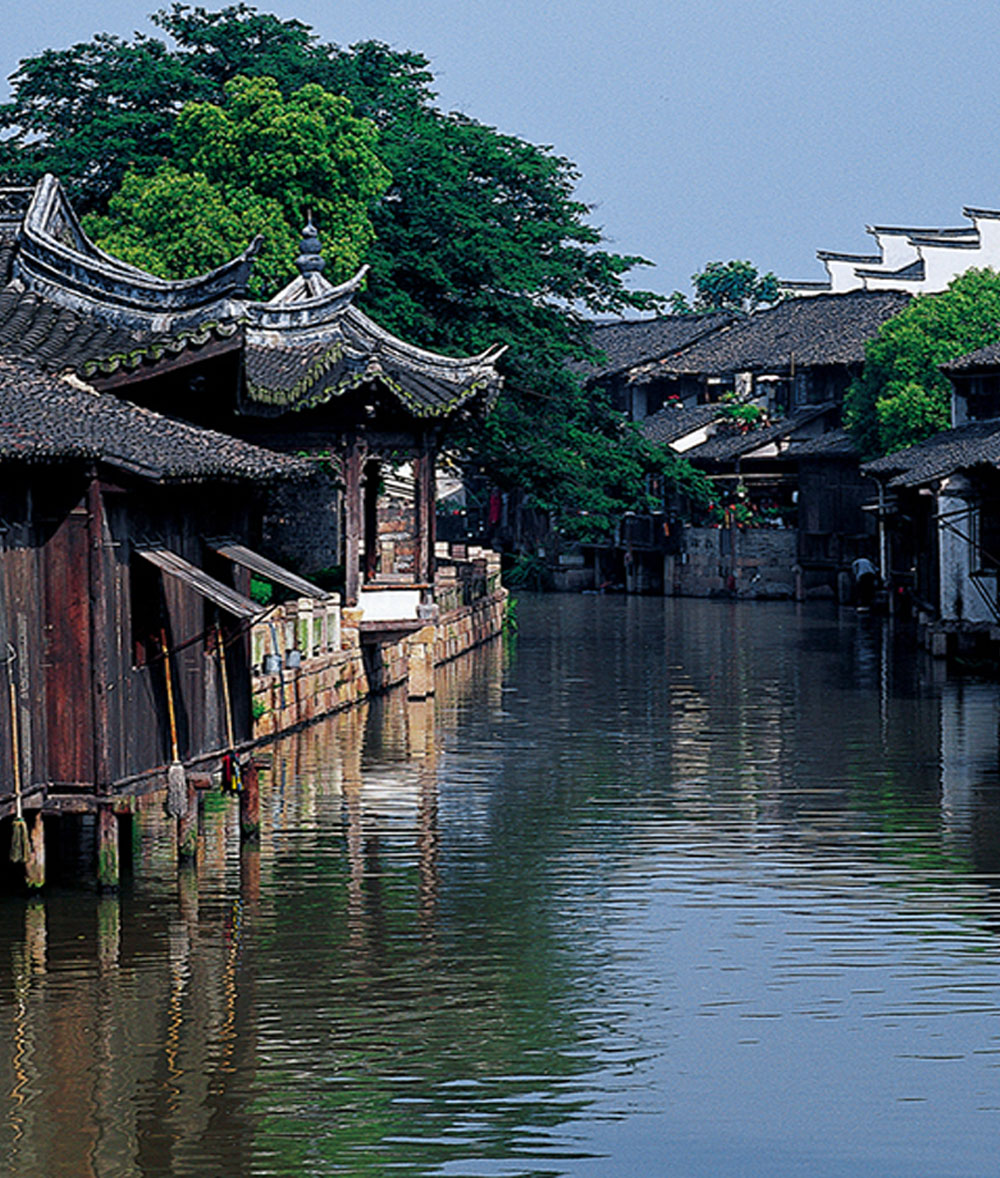

The ancient names of Wuzhen are Wudun and Wushu. The "dun" (墩) of Wudun, as Wang Yuzhou said in Erxi Compilation, "Wuzhen was Wudun in ancient times, and its ground veins and tombs were higher than the circumference...", which has been explained clearly enough. But why is it called "Wu" (乌)? There are many kinds of sayings. One is that "the sons of the King of Yue contended for Changhai and the enfeoffment of the Prince was here, thus becoming the Wuyu clan, hence the name Wudun”; One is that "it is named after the land god Wu General", and other one is that “there is Wutuo Ancient Site and Zhaoming green lock”, hence the names of Wu and Qing. For the several sayings, predecessors had raised objections, thinking that they are either undocumented, or a farfetched analogy, or lack of historical common sense. Lu Xuepu also criticized them one by one when compiling the Annals of Wuqing Town. At the same time, he put forward a more reasonable statement, which was put forward by Xiang Xian in Wuqing Town Annals in the twenty-seventh year of Qing Emperor Kangxi (1688): "The names of Wudun and Qingdun have a long history.... Since most of the rivers and mountains were opened up, why have they had their names? All the truth of the world flows. For example, “from Qi and Lu, the greenness still in sight, and Chengjiang is as quiet as before”, which are vivid descriptions of landscapes. The meaning of Qing Wu comes from this. "
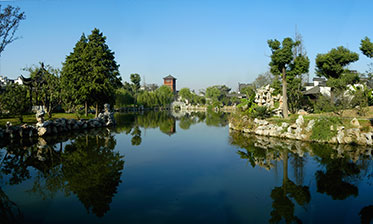


Named after history
Wuzhen is a river alluvial plain with many marshes and silted soil. Therefore, the land veins are raised higher than the circumference, with deep and fertile colors, hence the name is Wudun. In fact, such place names are not uncommon in the local area. In a place with a few kilometers away from Wuzhen, there is a village called Hongdun. According to the town chronicle, "Hongdun is located in the west of the town, with a rising ground and red soil. The village is named after it." Next to it is another village named Zidun, which is due to the abundance of purple soil. The naming of Hongdun and Zidun provides realistic evidence for the vivid portrayal of the name Wudun.
During the Spring and Autumn Period, Wuzhen was the border of Wu and Yue, and the troops of Wu stationed here to defend the Yue state, resulting in the "Wushu."
Named after legends and allusions
However, in the folk of Wuzhen, people prefer more emotional legends about the origin of town names. During the Yuanhe reign of Emperor Xianzong of Tang Dynasty, General Uzan sacrificed himself in Wuzhen to quell the rebellion. In memory of the general who saved the people from the suffering of war, a temple was built in Wuzhen, and the town was named after his name. In the early years of the Yuanfeng reign of the Song Dynasty (1078), there were records of dividing Wudun Town and Qingdun Town. When the Emperor Song Guangzong of the Southern Song Dynasty ascended the throne, his name was "Dun" (惇) (pronounced as "Dun"(敦)). To avoid the taboo of Emperor Guangzong, the word "Dun" (敦) could not be used in the world. Since then, Wudun has been designated as Wuzhen. Wudun Town and Qingdun Town have also been renamed Wuzhen and Qingzhen. In 1950, after the merger of Wuzhen and Qingzhen, it was called Wuzhen to this day.

